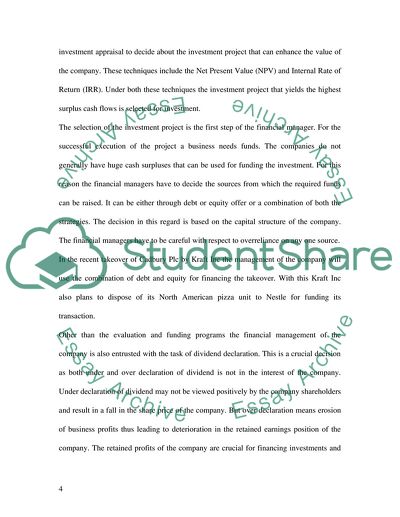Cite this document
(Introduction to Financial Management of A Company Research Paper - 1, n.d.)
Introduction to Financial Management of A Company Research Paper - 1. Retrieved from https://studentshare.org/finance-accounting/1735332-business-finance
Introduction to Financial Management of A Company Research Paper - 1. Retrieved from https://studentshare.org/finance-accounting/1735332-business-finance
(Introduction to Financial Management of A Company Research Paper - 1)
Introduction to Financial Management of A Company Research Paper - 1. https://studentshare.org/finance-accounting/1735332-business-finance.
Introduction to Financial Management of A Company Research Paper - 1. https://studentshare.org/finance-accounting/1735332-business-finance.
“Introduction to Financial Management of A Company Research Paper - 1”, n.d. https://studentshare.org/finance-accounting/1735332-business-finance.


